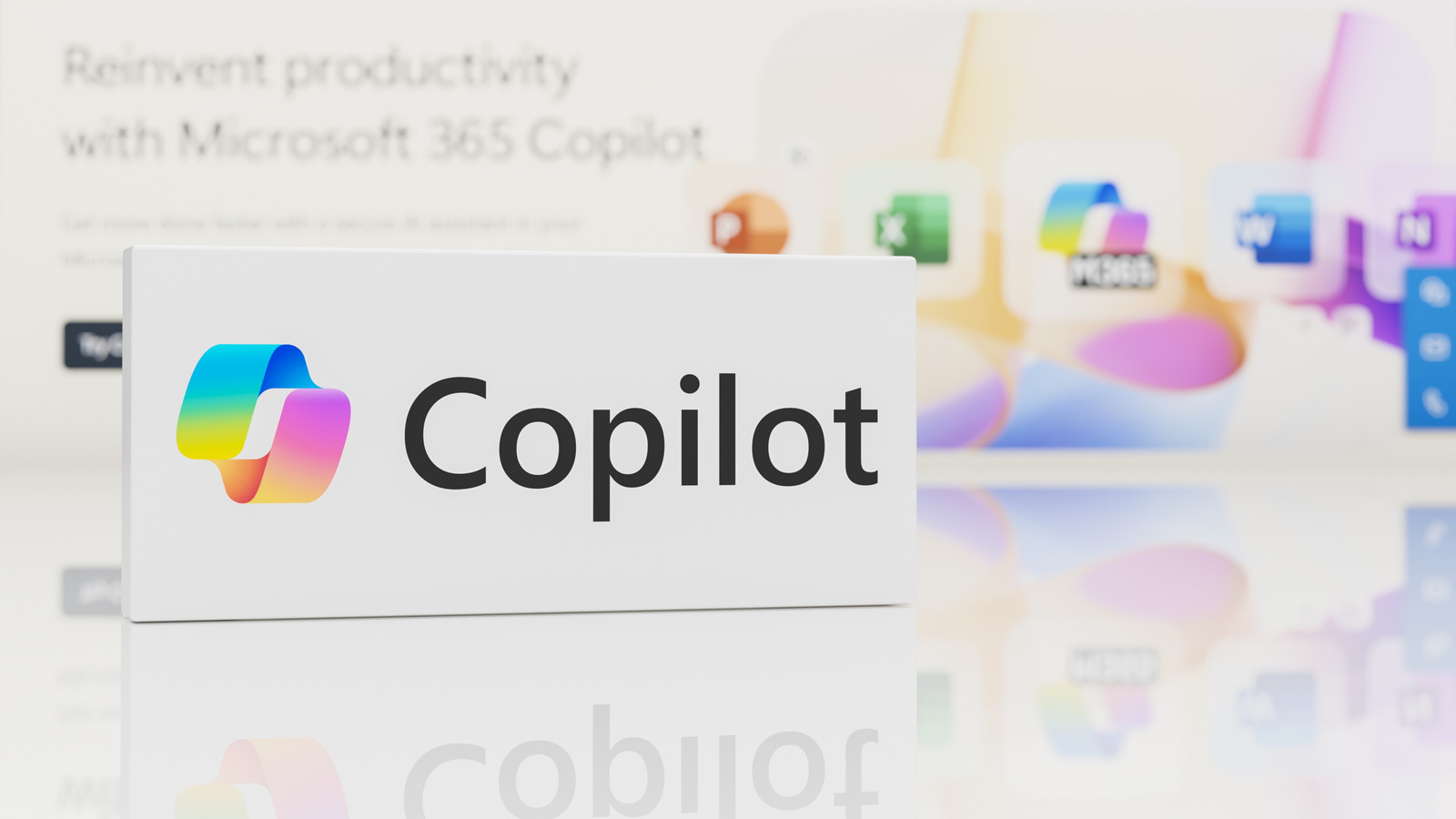Now Reading: Google Pixel 10 Allocates RAM for AI, Users Find Simple Workaround
-
01
Google Pixel 10 Allocates RAM for AI, Users Find Simple Workaround
Google Pixel 10 Allocates RAM for AI, Users Find Simple Workaround
Swift Summary:
- Issue: Google’s Pixel 10 reserves approximately 3GB of its listed 12GB RAM exclusively for AI features, limiting availability for other functions.
- AI Integration: The reserved memory ensures that AI tools like Magic eraser and other Gemini-powered processes remain fast and ready to use.
- impact on Users: This design may prove frustrating for power users who utilize resource-heavy applications but do not frequently rely on thes AI features.
- Solution Available: Users can disable the “AI Core” system via settings to free up the locked RAM. However, this might slow down AI functionalities in the phone.
Images accompanying the article:
!Google pixel 10 close-up
!Google logo on smartphone
Indian Opinion Analysis:
As smartphones increasingly incorporate advanced AI functionalities,manufacturers face a delicate balance between delivering innovative capabilities and maintaining broader usability. Google’s choice to reserve substantial RAM for dedicated AI operations in its flagship Pixel 10 highlights this tension. While these systems enhance user experience with responsive tools like Magic Eraser, they may inadvertently alienate power users with limited adaptability over device resources.
For India-a market sensitive to price-performance ratios-this could have mixed implications. On the one hand, prioritizing cutting-edge technology resonates with segments eager to embrace premium innovation; however, many consumers seeking practical reliability at competitive pricing may perceive such enforced limitations as unappealing. Allowing manual adjustments (like disabling “AI Core”) provides some relief but shifts obligation onto users rather than addressing concerns at design levels.
Global tech adoption trends suggest that balancing autonomy with innovation could ultimately influence consumer satisfaction in India’s dynamic smartphone sector.Read More




























